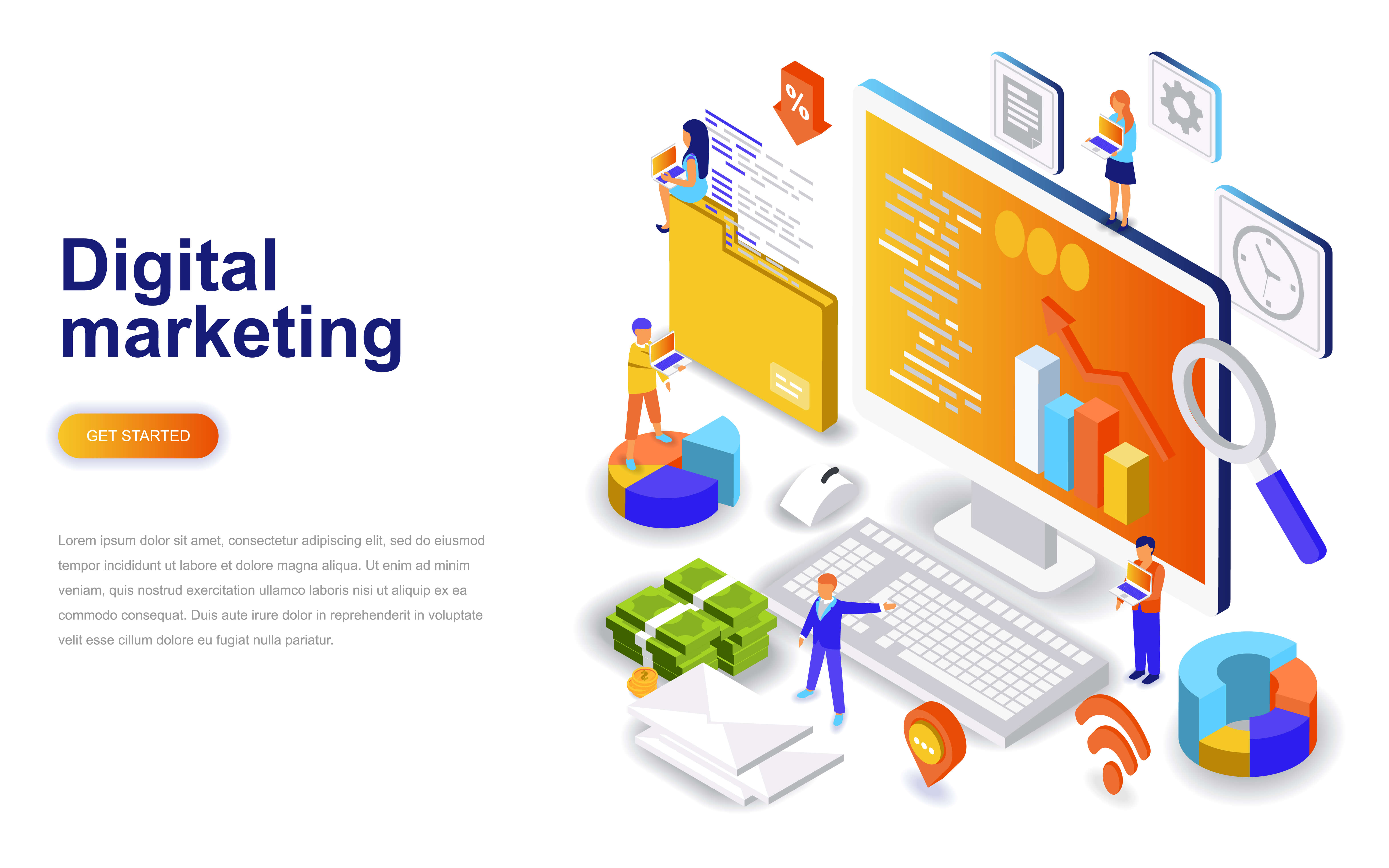If you’re starting your own business in digital marketing; congratulations! Digital marketing is in and has a lot of potential in the job market. It is very lucrative for young entrepreneurs who are changing the way the world looks are business. There is a vast number of digital marketing jobs and career opportunities in the future.
Having been born into an era of technology, Generation Z has a natural affinity toward technology and computers. It doesn’t hurt to be equipped with the knowledge and even though you may have talent, it is important to enhance it with learned skills. Now, apart from talent what do you need to have a successful digital marketing business? Read on to know more.
Know your target audience:
For any marketing strategy, it is very important to know who you’re targeting. You have to segregate consumers according to their economic status, age, sex, and location. A local company targeting another city won’t get much business so it’s of no use. Besides the digital market is not exactly cheap so you have to narrow down your options to the demographics that will get you the most business. Teenagers won’t buy diapers, and a strategy that is targeting this age group will fail. If you are a digital marketing firm or a single entrepreneur, ensure that you thoroughly study the market as well as the client product and service. You need to have thorough knowledge to be able to empathize with consumers
Decide location:
After setting the demographics, analyze the locations where the advertisements may be relevant. Some products can be shipped across cities. In such cases, you can target any location that has not been targeted by your competitors yet. Unless you’ve got great content and a great marketing team, play safe with the location. A lot of investment goes into digital marketing and unless you’ve got money to burn don’t experiment recklessly. If your client ships the product across cities, you may still have to decide a relevant area to start targeting. An untapped market is always the best choice and you can market aggressively if you have the budget.
Decide content for marketing:
The consumer is king! For a digital marketer, content is king. With the right content and action words, you can sell any deal. Now, how do you decide what kind of content to add? It depends on the demographics. You will market brands, products, and services differently. Each of these has different methods of campaigning and so is the content. Brand marketing is different because here you’re establishing trust. You’ll target the audience with content that tells them why they should choose you. Products and services will have descriptive campaigns where you explain why the audience should spend their money on you. You can pitch the brand to a bigger audience whereas products and services will have a limited relevant audience only.
Allocate budget:
The next most important thing is budgeting. Now that you’ve decided upon the content and the demographics, you now need to identify the resources that will go into marketing. Do you have enough to do everything that you’ve planned? Allocate budget to each campaign according to their utility. Each campaign needs to be developed according to the content and budget available. Bear Newman from bearfoxmarketing.com says that spending more time and money on marketing will make a business more successful. Take cognizance of the platforms you’re advertising on. Platforms like Google and Facebook cost more than organic SEO practices. Which niche of digital marketing are you an expert at? Only stick to that and optimize marketing.
Do competitor analysis:
A very important component of digital marketing is competitor analysis. Unless you know what your competitors are up to you will not be able to build a good strategy. A good digital marketing strategy is one where you outsmart your competitors or target an area where you don’t have much competition.
Analyzing the strategies that your competitors make use of is a brilliant idea. Fortunately, this is easy now because everything is visible online and you have tools that can measure competitor growth.
Doing this is very important even if you are not running active campaigns to keep abreast of the trends in the industry. Analyze how they place their content and the catchy slogans they use. Remember you can learn a lot from others’ experiences too. This will give you an idea of what works and what doesn’t in the world of digital marketing.
As interesting as digital marketing is, the gruel is just as much. If you want to be good at what you do, choose your information sources carefully and go through case studies for the best results.
Read Also:






















